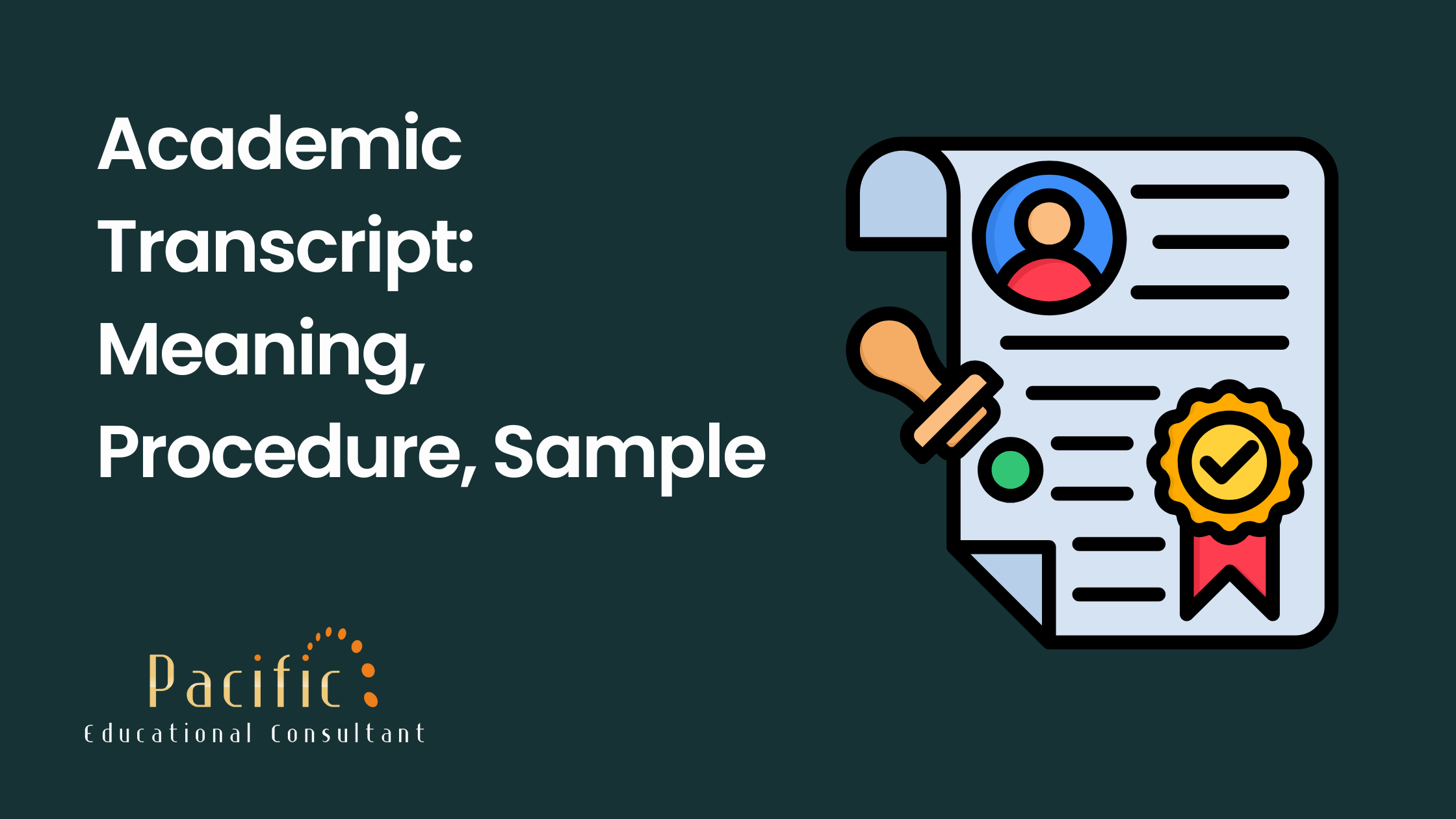


The TOEFL exam is one of the most widely recognized English proficiency tests for students aiming to study abroad. Understanding the TOEFL exam pattern, exam syllabus, test dates, exam schedule, and marks system helps you prepare strategically for top global universities.
The TOEFL exam pattern follows a clear structure divided into four major sections — Reading, Listening, Speaking, and Writing. The test measures how well you use and understand English in an academic context.
| Section | Tasks / Questions | Duration | Score Range | Skills Measured |
| Reading | 2–4 academic passages with 10 questions each | 35 minutes | 0–30 | Understanding ideas, tone, vocabulary, inference |
| Listening | 3 lectures and 2 conversations | 36 minutes | 0–30 | Comprehension, detail recognition, logical flow |
| Speaking | 4 speaking tasks (1 independent, 3 integrated) | 16 minutes | 0–30 | Fluency, pronunciation, structure, relevance |
| Writing | 2 writing tasks (1 integrated, 1 independent) | 29 minutes | 0–30 | Coherence, grammar, vocabulary, content |
Total Duration: Around 116 minutes
Total TOEFL Score: 0–120
The test is computer-based (iBT) and can also be taken as a Home Edition.
Each section is equally weighted at 30 marks.
The exam is adaptive to academic and real-world English usage.
You cannot take the TOEFL more than once within a 3-day period.
The next step to preparation is understanding the TOEFL exam syllabus, which defines what topics and question types appear in each section.
The TOEFL exam syllabus evaluates your language skills through academic English situations. Here’s what each section includes.
2–4 university-level passages (around 700 words each)
10 questions per passage
Topics from social sciences, natural sciences, or humanities
Question types include vocabulary, main idea, inference, purpose, and sentence insertion
3–4 lectures and 2–3 conversations
Each lecture lasts 3–5 minutes
Tests comprehension of main ideas, intent, tone, and connection between ideas
You can take notes during listening
4 tasks: 1 independent and 3 integrated
Independent task: respond to a familiar topic
Integrated tasks: combine reading, listening, and speaking
Evaluates clarity, fluency, organization, and content depth
2 tasks in total
Integrated Task: summarize a reading and listening material
Independent Task: write an essay on an opinion or argument
Assessed on grammar, coherence, task relevance, and idea development
After knowing what’s included in the syllabus, it’s time to understand when you can take the test.
The TOEFL exam test dates are available throughout the year, giving flexibility to candidates. The test is conducted more than 50 times annually worldwide.
The exam is offered year-round, with several sessions per month.
You can choose between the TOEFL iBT Home Edition or test center-based version.
It’s best to register at least 2–3 months before your university deadlines.
Test dates vary depending on your country and location.
Registration is open on the official ETS portal, where you can check the latest availability.
Once you choose your test date, planning your TOEFL exam schedule is crucial to manage preparation and test-day logistics.
The TOEFL exam schedule involves the entire timeline from registration to receiving results.
Registration: Choose your test format, location, and date online.
Check-In: Arrive 30 minutes early at the center for verification.
Test Duration: Total test time is around 116 minutes.
Sections Order: Reading → Listening → Speaking → Writing.
Break: Short break allowed depending on test center rules.
Score Release: Unofficial Reading and Listening scores appear immediately after the test. Official results are released within 4–8 days.
Pro Tip: Build your personal schedule around your university deadlines to ensure your TOEFL results arrive on time.
After understanding the pattern, syllabus, and dates, let’s decode how TOEFL is scored.
The TOEFL marks system is standardized globally. Each of the four sections contributes 30 marks, adding up to a total of 120.
Reading: 0–30 marks
Listening: 0–30 marks
Speaking: 0–30 marks
Writing: 0–30 marks
Total TOEFL Marks: 0–120
Each section is scored based on accuracy, fluency, vocabulary, and coherence. The raw score (number of correct answers) is converted into a scaled score for consistency across test versions.
Unlike traditional exams, the TOEFL does not have a pass or fail grade. Instead, universities set their own minimum TOEFL grades or score requirements.
| Skill Area | Score Range | Proficiency Level |
| Reading | 24–30 | Advanced |
| Listening | 22–30 | Advanced |
| Speaking | 26–30 | Advanced |
| Writing | 24–30 | Advanced |
A total score above 100 is considered excellent for top-tier universities. A score between 80–100 is accepted by most international institutions. Scores remain valid for two years from the test date.
Month 1:
Learn TOEFL exam pattern and syllabus thoroughly
Strengthen grammar and vocabulary fundamentals
Practice Reading and Listening daily
Month 2:
Start full-length mock tests once a week
Practice integrated Speaking and Writing tasks
Review mistakes and track section-wise progress
Month 3:
Focus on time management under real test conditions
Revise templates for essays and speaking answers
Finalize your test date and confirm registration
Final Tip:
Follow your personalized TOEFL exam schedule closely, analyze performance, and stay consistent until exam day.
Knowing the TOEFL exam pattern, exam syllabus, test dates, exam schedule, marks, and grades helps you design a focused preparation strategy. The TOEFL is not just about English knowledge—it measures how effectively you can communicate in an academic setting. With the right preparation plan and awareness of exam structure, achieving your target score becomes realistic and manageable.

B.Sc Course in India: Eligibility, Admission, Fees, Career, Scope & List of BSc Subjects

Describe a beautiful sky you enjoyed seeing - IELTS Cue Card

UK Student Visa Maintenance Requirements & Graduate Route (PGWP) Changes — Key Updates 2025–2027

Describe an article on health you read in a magazine or on the Internet - IELTS Cue Card

TOEFL Exam Pattern, Syllabus, Test Dates, Schedule, Marks and Grades Explained

MBBS in Australia for Indian Students : Cost, Eligibility, Universities & Career Scope

Describe an intelligent person you know - IELTS Cue Card

Academic Transcript: Meaning, Procedure, Sample & Why It Matters for Students

Describe a famous person you would like to meet - IELTS Cue Card

Describe a time when someone gave you something that you really wanted - IELTS Cue Card